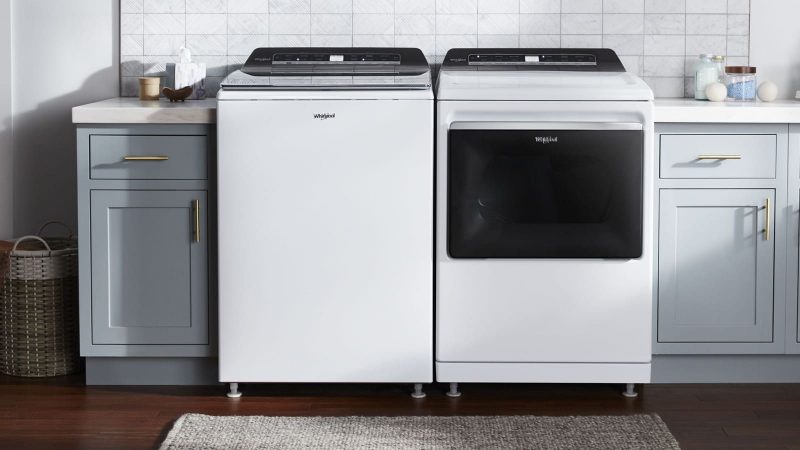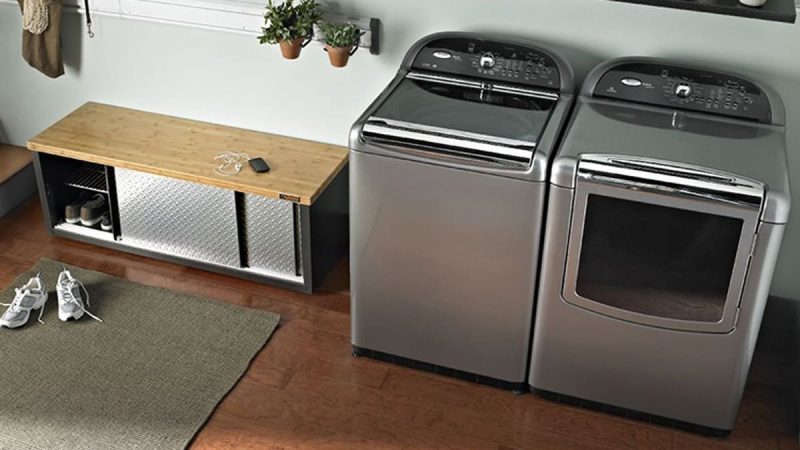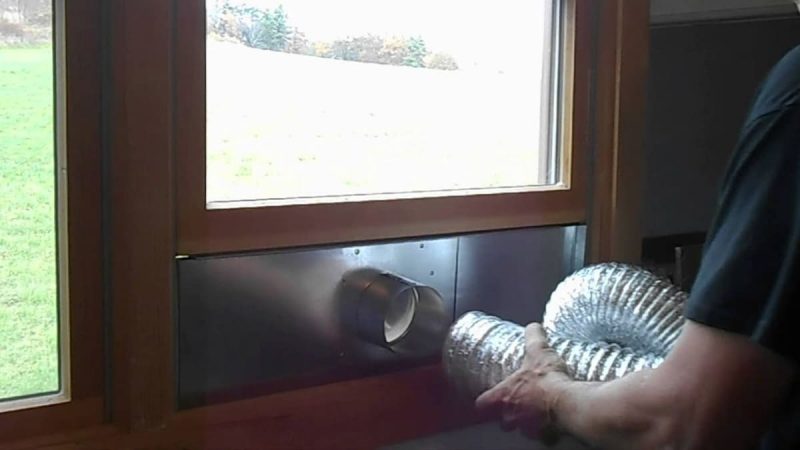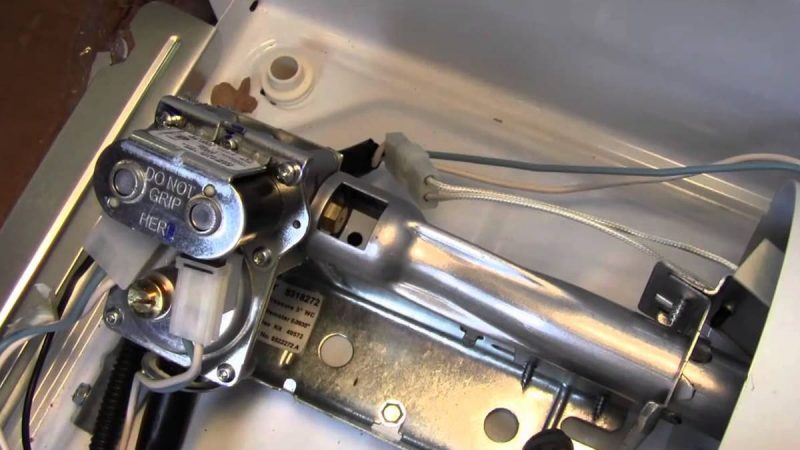Sometimes people have a need to turn a gas dryer into an electric dryer. The reasons for this are different, for example, the lack of gas in a new place of residence. It also happens that it is easier to connect the appliance to an electrical outlet than to pull gas pipes to where the dryer will stand. Since the question is popular, we will consider the possibilities of transformation, but first, we will understand the device of gas and electric dryers.
Main differences
The only difference is the heat source. The gas dryer is fed with natural gas or propane, which burns and generates heat. Otherwise, the principle of operation is the same as in electric dryers, where the energy source is current.
Another key difference between the devices is the amount of energy consumed. Even modern electric models require a lot of resources, and gas ones can consume half as much.
There is also a significant difference between the installation methods of these two types of devices. This will be discussed below. And the last difference between an electric and a gas dryer is the price. Buying the first option is often easier and cheaper than the second.
The difference in energy sources
Gas devices
They generate energy by burning natural gas or liquid propane. Gas dryers must be connected to ventilation that leads to the street.
Electrical devices
Gas dryers also need electricity, but they run on 110 volts. Electric dryers require a current of 240 volts, which is twice the standard figure.
If your electrical wiring cannot provide 240 volts, then you need to look at mini dryers that work with 110 volts. Like gas dryers, they must be connected to a vent that will release hot, moist air. However, there are also models on sale that do not require connection to ventilation, but their price is much higher.
Differences in mounting methods
Gas devices
The biggest reason users want to convert their gas dryer to an electric dryer is the lack of connection to a central gas supply system. It is quite expensive and troublesome to conduct gas to the house, because the procedure requires connection to underground natural gas lines, obtaining all relevant permits, and developing technical documentation.
If there is no gas in the house, you can try connecting the dryer to a tank of liquid propane. But here it is very important that it be equipped according to all safety regulations. The cylinder must be in an iron box, which is located on the street or in non-residential premises. If you are in order at this moment, you can connect the gas dryer to the cylinder using a special adapter. But it is forbidden to do it on your own, it is important to invite a qualified craftsman.
Electrical devices
There are no problems with the installation of electric dryers. All that is required of you is to insert the plug into a 240-volt outlet. If you place the dryer in a designated area (in the laundry room), then a powerful electrical outlet should already be installed there. If the plug of the dryer does not fit into the outlet, you will have to buy an adapter.
The principle of operation of both types of dryers
The mechanism of drying things is the same on both models: hot air currents blow over the laundry during the intensive rotation of the drum. The heat source in gas dryers is gas, which is ignited by the spark of an igniter.
In electric dryers, heat is generated by a heating element. It is a spiral through which an electric current passes. The spiral heats up and releases heat. As a result, the air filling the dryer tank heats up well. A fan or blower directs it into the drum.
Ventilation
Both types of dryers must be connected to the ventilation system, the only way they can work fully. During the operation of the device, a lot of moist air is formed, in which the pile flies.
If the dryer is not connected to ventilation, then the exhaust hot streams saturated with steam will be concentrated in the room. In this case, the humidity level can reach 95%, and this is a very favorable environment for the development of the fungus. The gas dryer also emits combustion products, which must be vented out of the laundry without fail.
For an apartment where it is not possible to organize full ventilation, it is worth looking for electric dryers that do not require connection to the hood. Most of them have small dimensions, but for a higher price there are full-size fanless dryers.
The main question is: can a gas dryer be converted to an electric dryer?
And in theory, and even sometimes in practice, such a task can be performed. But masters who are well versed in the topic do not recommend doing this. Here are a few reasons to think about:
- The gas dryer consists of other parts. Its main heat-producing parts are the igniter and the gas burner. To convert the gas dryer to electric, you will have to remove the above parts and replace them with those that should be in the electric model.
- Instruments have different operating temperatures. If you are going to remodel your dryer, you need to have a good understanding of household appliances and the ability of parts to withstand different workloads. At the moment, there are no ready-made kits on the market that allow you to quickly and easily switch.
- Gas and electric dryers operate at different voltages. For the full functioning of the second option, the wiring must withstand a current of 240 volts, and keep in mind that other electrical appliances can work in the house at this moment.
- Electric dryers are cheaper than gas dryers. It may be better for you to sell the gas model and use the proceeds to purchase a new A+ (high level of energy efficiency) electric dryer.
Where to start the transformation of the dryer?
If you decide to take this step, first connect the 240-volt single-phase circuit for the electric model. Then turn off the gas supply. The next steps are the replacement of controls, heating parts, relays, and all sensors that are different.





